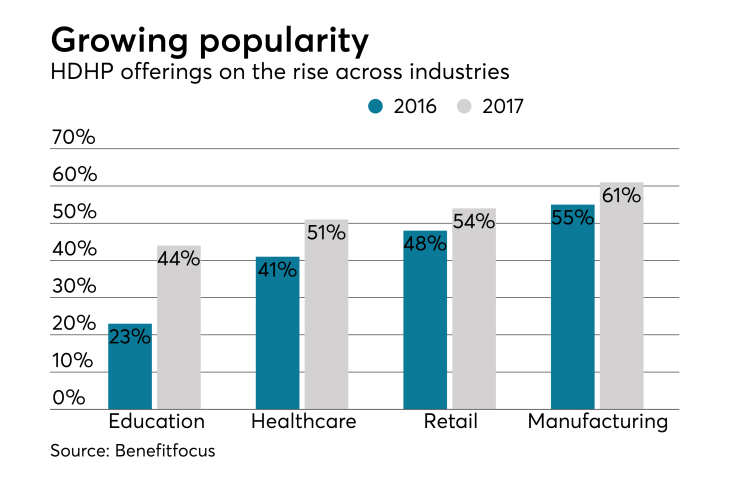Thirty-five years ago, my mother was active in our neighborhood garden club. Among the 200 homes scattered about the narrow, hilly lanes of the neighborhood resided 30 club members. To the northwest side, a mile of contoured industrial fencing separated the neighborhood from a business park. Naturally, neighbors residing on this border sought to block views of the park with residential fencing, evergreens and Virginia creeper. However, about 50 yards of this border featured a narrow common area, bordered by the fence and the lane. It was a weedy, unkempt area. William Robinson would not have approved.
As you might guess, this blank inviting canvas attracted the eye of the garden club. Great plans were drawn up to beautify the area. Members began dividing their daffodils, day lilies and black-eyed Susans for transplanting. Just before the planting began, Mom walked over to test the fertility and composition of the soil to see what adjustments might be needed. Eight inches into her first shovelful, she hit concrete. She then tried another spot. Same result.
Multiple attempts later, she picked up her shovel and walked down the street to the home of a retired family friend who was once the president of the garden club. It took this matriarch no time to diagnose the issue: “Don’t waste your time. That entire 50-yard strip is just thin backfill clay on top of a solid concrete slab. Nothing will grow there. There’s not enough root space.”

Eighty-five percent of my job is similarly applying years of experience to immediately identify challenges and solutions others may not see. For example, a client of mine with 200 employees sponsors a fully insured group medical plan. The plan offers the choice of a qualified high-deductible health plan and a PPO plan. Recently, through a competitive bidding process, my colleagues and I identified a group health insurance vendor offering this company a 25% premium reduction over current rates. The employer, viewing this savings as excitedly as the garden club viewed the common area, quickly made plans to use the savings to increase the competitiveness of its total compensation package by significantly lowering the HDHP employee premium contributions. The employer then sent me these proposed employee HDHP monthly contributions for my review:
Monthly HDHP Employee Contributions | |
| Employee | $25 |
| Employee + Spouse | $95 |
| Employee + Child(ren) | $80 |
| Family | $135 |
While we all can immediately tell that these employee contribution rates are highly competitive, do any other alarm bells go off? Let’s add two more columns and reconsider this question:
Monthly HDHP Employee Contributions | Cost to add a Spouse | 2017 Kaiser Family Foundation Benchmarks (HDHPs, All Firms)1 | |
| Employee | $25 |
| $85 |
| Employee + Spouse | $95 | $95 - $25 = $70 |
|
| Employee + Child(ren) | $80 |
|
|
| Family | $135 | $135 - $80 = $55 | $383 |
(Source: Kaiser/HRET Survey of Employer-Sponsored Health Benefits, 2017)
As we’ve discussed before, if an employer would like to encourage spouses to enroll in their own employer’s plan, an effective strategy is simply setting the payroll deduction differential between single and employee + spouse coverage and the differential between employee + child(ren) and family coverage at a rate that is higher than what an individual would pay, on average, for single coverage. Of course, if an employer, for unknown reasons, wanted to increase spousal enrollment, it would do the opposite.
See also:
In the above chart, we see that the proposed cost to add a spouse is suddenly significantly beneath what most spouses would pay for individual coverage at their own employer. Specifically, it only costs employees with single coverage $70 per month to add their spouse, and it only costs employees with employee + child(ren) coverage $55 per month to add their spouse. Meanwhile, per the Kaiser Family Foundation’s 2017 survey, the average spouse of these employees is presently paying about $85 per month for HDHP coverage at their own employer.
Thus, if this employer proceeded with these proposed rates, it would expect to see a significant increase in spousal enrollment. This increase would quickly wipe out the original overall premium savings and create budgetary challenges. To eliminate the risk of this unintended consequence, we recommended that the differential between single and employee + spouse coverage and between employee + child(ren) and family coverage again rise comfortably north of $85. A conservative differential of $135 to $175, for example, could be used.
Meanwhile, while $25 per month for HDHP single coverage could be a winning strategy for certain employers, a significant amount of this employer’s employees waive coverage because of existing coverage through other employers, including retiree coverage. Would reducing the single premium to $25 per month cause these employees to reconsider those enrollment decisions and migrate to this employer’s plan? Maybe. What we do know is that the above $85 benchmark is competitive and comfortably below the Affordable Care Act’s employer shared responsibility federal poverty line affordability safe harbor. Thus, we recommended raising this amount to the $50 to $75 range.
See also:
Once these prudent employee contribution adjustments are made, the remaining windfall savings can be diverted to other valued areas of total compensation, including employer retirement plan contributions and increased cash wages.





